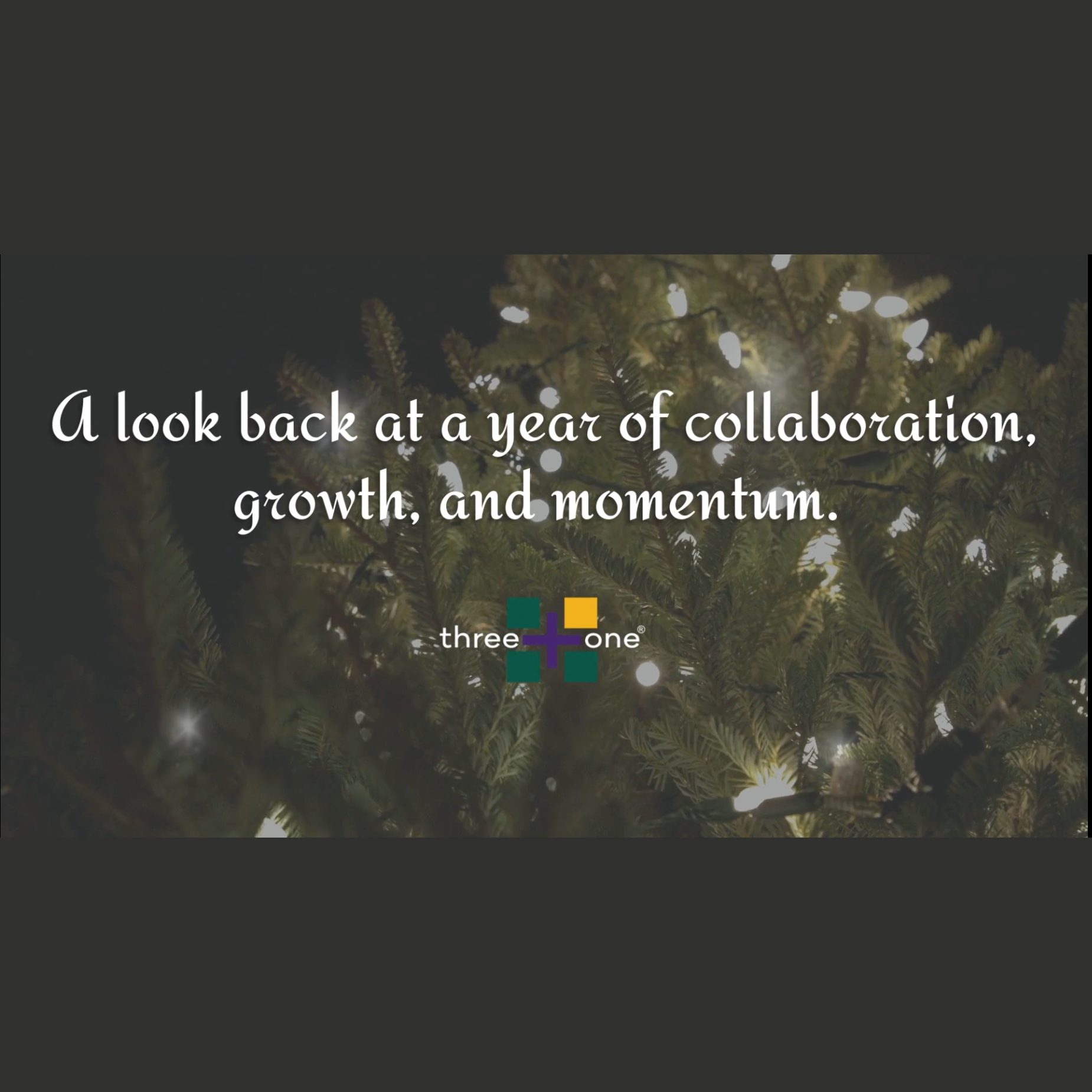If you have gone through the RFP process you know how challenging it can be.
It takes time, many people, time, lots of paper…

…and still more time.
RFPs are issued in effort to ensure quality services are provided, to be transparent and to maximize the value. But, one must ask,
Is this being accomplished in today’s banking upheaval?
Isn’t now the time to revamp the way the RFP process works?
Recently two public entities issued RFPs for banking services. In both cases the need was there. Looking at the results, however, suggests a new RFP process is needed. The old process just does not recognize the changing banking environment, new regulations, rapidly changing technology, and the diversity needed to maximize the value of every dollar available for deposit. So what were the results?
The big surprise is the poor response. The incumbent bank decided not to even answer for one entity, and the multiple bank responses turned into one or two satisfactory proposals, with no cost savings applying the same type of banking services that had been used for years.
In neither case was “out-of-the-box” thinking presented by the banks; the rigid RFP document and process just does not allow it. But, as the banking world is clearly changing, shouldn’t the RFP process change with it? If we continue to use the same recycled RFP and RFP process that has always been used, should we expect to get anything different?
Well we are. We’re getting banks hesitant to take on public deposits. A new RFP process is needed, one that still provides transparency, ensures quality services, and maximizes the real value of the public entity funds.
Communication and dialogue are the keys to success in this effort. At three+one we have created a simple three-page call for proposals. This format calls all interested banks into a kick-off meeting where you explain your current situation, your needs, and your desire to be an attractive customer to the banks (noting that banks are becoming picky and want to be in control of who they have relationships with). The kick-off meeting gives license to be creative as long as your needs are met, noting that simply replicating what you have currently is not likely to be a winning solution. Learn about new technology and how the new generation is transacting payments today. Responses are not to be 200-page proposals, but rather two-hour individual presentations from the banks.
What are the results? You will find that some of your banking fees will go down, some may stay the same, and some may go up if you stay with all current services.
You will save a lot of time, both the time taken to write a lengthy RFP and time needed to read each 200-page proposal that comes in. You will also find that you have established a well-rounded and long-lasting relationship and you are better preparedfor the banking of today and the future.
If you are in need of issuing an RFP or have any questions, please feel free to call us. We are always happy to help.


